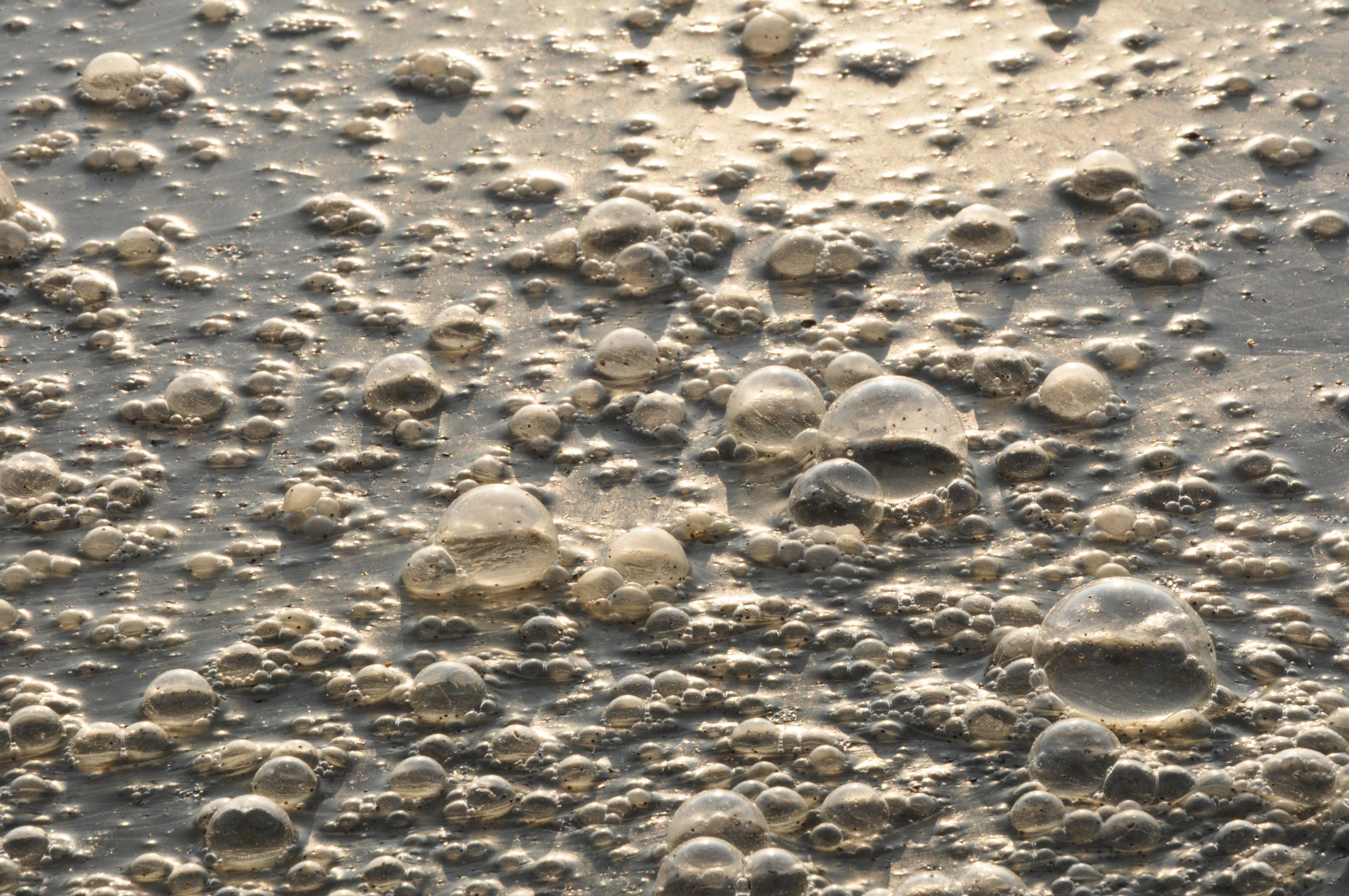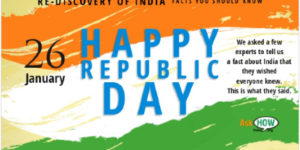The hard problem and the very hard problem in cleaning Gangafeatured

(Image not of Ganga and used only for representational purposes.)
Ganga is holy to a majority of Indians. The river and its tributaries supply water to hundreds of Millions and cleanliness of this water is crucial to their health. The political returns to any leader that manages to visibly clean it would be thus, immense. Politicians recognize this. After his election in 2014, the Prime Minister Shri Narendra Modi said, “Ma Ganga is screaming for help. She is saying, ‘There must be one of my sons who will come and pull me out of this filth’.” Long before this, in 1986, the then Prime Minister Shri Rajiv Gandhi launched the first Ganga Action plan.
How is it that the most powerful persons in the country haven’t been able to clean the river for decades?
I got the answer to this question in the book River of Life and River of Death by Victor Mallet[1]. As is usually the case, this answer raised further questions.
Why does a river, or any water body, become filthy? At the most basic level it is because of two reasons. The first one is easily understood; a river becomes dirty because we put shit and other pollutants in it. How to stop these pollutants from entering Ganga is what I call the hard problem. The second reason that a river gets dirty is perhaps not so intuitive – it is because we take large quantities of water out for our use and that is a much harder problem to solve.
The hard problem
One hundred and eighteen towns dump their sewage in the river[2]. The water in Ganga and its tributaries is much cleaner upstream of the towns and much dirtier downstream. A Central Pollution Control Board (CPCB) study pointed out that as its worst, the Yamuna (which meets Ganga at Allahabad) has 1.1 Billion faecal coliform bacteria per 100 millilitres. That is 500,000 x the Indian recommended bathing limit of 2,500. According to the CBCB only one tenth of the sewage[3] produced along the main stream of the Ganga is treated.
The challenge is to connect all inhabitants of the towns on Ganga and it tributaries to sewage lines and build Sewage Treatments Plants (STP) on these lines so that the water discharged back in the river is clean. Of course, STPs have been built in the past. Many of them are however, non operational. For example, when the author of the book visited the STP on Assi Nala, just a little distance upstream of where the city takes in its water supply, he found that it was locked up. Why are these plants non operational? Is it because they were not designed well? Or is it because we have never budgeted for their operational expenses? Or is it because some of our government departments are simply dysfunctional?
The current government has awarded contracts for many STPs. Some of them on a Public Private Partnership (PPP) model, under which the builder of the plant would get the money as an annuity and the payment will be linked to the performance of the plant. Press Releases suggest that the plants are not very costly. Rs. 171.53 Crore and Rs. 153.2 Crores for plants of 82 MLD at Varanasi and 50 MLD at Hardwar respectively. So why weren’t these plants bid out and commissioned much earlier? At least in the major cities.
Seven hundred and sixty four factories dump their pollution into Ganga. The challenge of stopping polluting industries should be more straightforward. After all it should be possible to measure the pollution coming out of the wastewater of a factory.
Around four hundred tanneries in Kanpur discharge their effluents into the river. The book has an estimate that a common effluent treatment plan for these could be built at a cost of Rs. 800 Crores. That would increase the price of the output of the tanneries by not much. 90 Paise for a leather belt, 7 Rupees for a pair of shoes and 15 Rupees for a horse saddle. The book also suggests that the current common treatment plant does not work very well because most tanneries do not carry out the pre-treatment required.
Why aren’t our Central and State Pollution Bodies not able to force factories to stop polluting? Is it because they do not have the capability to monitor the pollution? Or is it because the law the way it is written is not easily implementable. Or is it because it is easier and cheaper for a polluter to drag court cases forever? Or is it just good old-fashioned corruption?
The very hard problem
Nearly 250 Million people in Uttar Pradesh and Bihar live in villages and many of them depend on agriculture. The water from Ganga and its tributaries is crucial to their livelihood. As this map shows, many dams and barrages have been built on the Ganga and its tributaries and most of the water is taken by agriculture. Here is Victor Mallet,
“It is the driest time of the year (in May 2016) and Ramesh Chandra, the ‘signaller’ or water regulator, tells me the situation. The barrage upstream at Haridwar is normally supplied with water from melting snow in the mountains and should be receiving 12,000 cusecs, but it getting only half the amount due to drought. Of that, only one-tenth or 600 cusecs, is released for the Ganges (with the reminder diverted to the vital Upper Ganga Canal; the barrage normally sends water to the Eastern Ganga Canal too, but that is closed for lack of water).”
Thus, 90% of the river water is taken by agriculture. This is in line with various estimates that suggest that more than 80% of fresh water use in the country is for agriculture. The challenge is that irrigation is very crucial to agriculture and nearly 40% of our population depends on farming.
As we have pointed out in this piece, the yield of a farm can go up three times due to irrigation. The impact on net income would be many times that. Hence, it is not at all easy to reduce this diversion of water. You could use water saving practices like drip irrigation, but that requires investment. It would be even harder for an inefficient government to put in water saving techniques field-by-field, village-by-village than it is for it to run a few hundred STPs and to stop polluting industries.
Across the country our air is dirty, our water filthy and our land polluted. Cleaning of Ganga is crucial to tackling this challenge. After all, if we cannot clean a river which supplies water to a large number of Indians and which is considered holy by an overwhelming majority, what hope is there for the rest of the country?
Author –
Yogesh Upadhyaya
(Yogesh Upadhyaya is one of the founders of AskHow India. Blogs are personal views.)
______________________________________________________________________________
[1] I recommend reading the book in full. It is about much more than just how dirty the river is. It talks of the history, the mythology and many other aspects of the great river.
[2] All facts and figures are from Victor Mallet’s book unless otherwise stated.
[3] I have used the terms sewage and shit interchangeably and that is inaccurate. A city’s sewage would have much more than shit, although my guess is that shit would be a large part of it.



